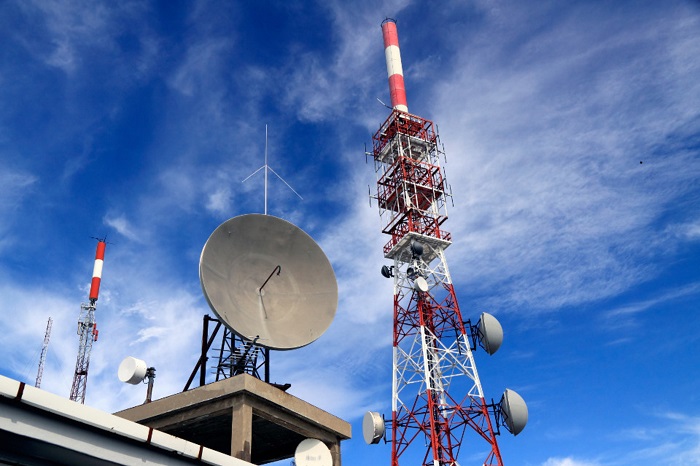How Wireless Technology is Revolutionizing our Telecommunications Infrastructure
Wireless technology is revolutionizing our telecommunications infrastructure thanks to its increased efficiency, decreased costs, and the ability to cover a large area. In the past, telecommunications companies have relied on copper wires to transmit signals between devices. However, copper wires are becoming increasingly outdated and can’t keep up with the demands of modern technology. Wireless technology offers an alternative that is both fast and efficient. Wireless technology is used in a variety of industries. It can be used for personal communication, and it can also be used for commercial purposes.
In the past, wireless technology was only available to large businesses with access to some form of radio broadcasting or television system.
Wireless technology is revolutionizing telecommunications infrastructure with the potential to improve communication reliability. The increasing popularity of wireless devices, such as laptops and cell phones, has led to an increase in the number of wireless networks in use. Wireless technology can be used to connect separate networks, or it can be used to create a single network that spans several buildings. This versatility allows wireless technology to be used in both public and private sectors. Improved communication reliability is one of the benefits of using wireless technology. Wireless networks are less susceptible to outside interference, which can cause problems with signal transmission. This interference can also lead to problems with data transmission, which can impact the performance of a business.
Benefits of Wireless Technology:
- Wireless technology has many benefits, including reducing costs and improving efficiency. By eliminating the need for cables, wireless technology can be more cost-effective and easier to install.
- Wireless technology is also more energy-efficient than traditional methods, meaning it uses less power and generates fewer emissions. This can have a positive impact on the environment and help improve air quality.
- Wireless technology is also safer than traditional methods because there is no risk of electric wires becoming exposed or damaged. This makes wireless technology an ideal choice for areas such as hospitals and schools where safety is a priority.
- Finally, wireless technology is versatile and can be used in a variety of applications, from household appliances to large infrastructure projects. This makes it an ideal option for both commercial and residential users.
Challenges of Wireless Technology:
Wireless technology has been rapidly advancing over the years, but there are still some challenges that need to be addressed. One of the main challenges is that wireless signals can be easily blocked by objects, which can reduce the range and quality of a signal. Additionally, there is always a risk of interference between different wireless devices and networks, which can create issues for users. Another challenge is that wireless technology is not always reliable or fast enough when it comes to transferring large amounts of data. Finally, there are concerns about the safety of using wireless devices in close proximity to other electronic equipment.
Future of Wireless Technology:
The future of wireless technology is inextricably linked with telecommunications infrastructure. Advances in cellular technology and the demands of ever-growing mobile data traffic are driving innovation in the wireless sector. Here are eight key trends to watch in wireless technology over the next decade:
- Cellular networks will continue to grow at an impressive rate, as more devices and services become available over these networks. This will drive demand for more spectrum, which in turn will require new ways to manage and use that spectrum.
- Wireless providers are already gearing up for a future where 5G is king, and this trend will only continue as time goes on. With faster speeds and greater capacity, 5G will play a significant role in transforming how we live, work, and play.
- The wireless technology sector is continually evolving and expanding to keep up with the ever-growing demands of consumers. This is evident in the continual increase in wireless devices and applications available to consumers.
- Wireless infrastructure is essential for a modern society, and it is likely that wireless technology will play an even larger role in the future. With the increasing popularity of mobile devices, wireless networks are becoming more important than ever.
- It is crucial that telecommunications companies continue to invest in new technologies to improve their networks, as this will ensure continued access for their customers. Continued development of innovative wireless solutions will be necessary to meet the needs of consumers in the coming years.
In conclusion, wireless technology is revolutionizing our telecommunications infrastructure, allowing for faster and more efficient communication between devices. By using this technology, businesses can save money on their phone bills, while also increasing their productivity. Now is the time to invest in wireless technology to keep up with the changing times!




